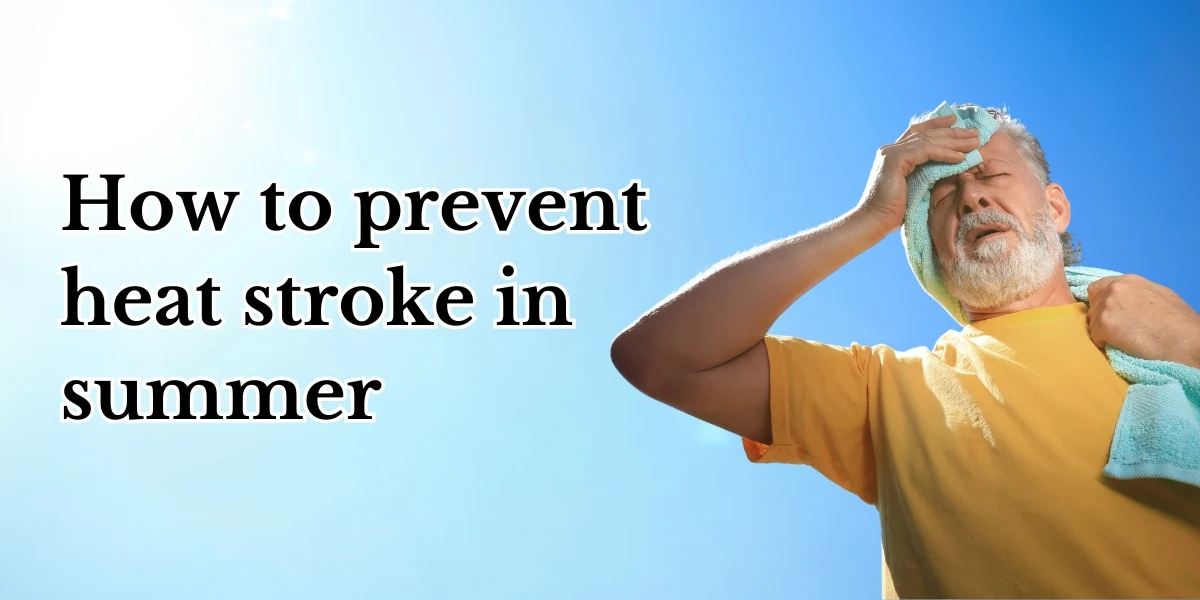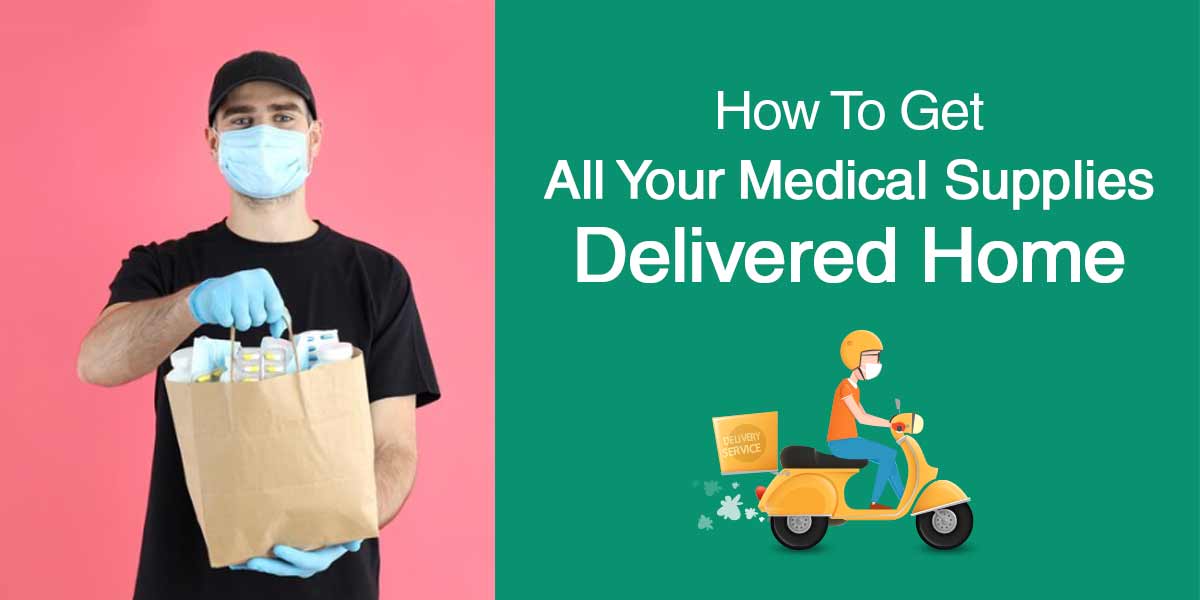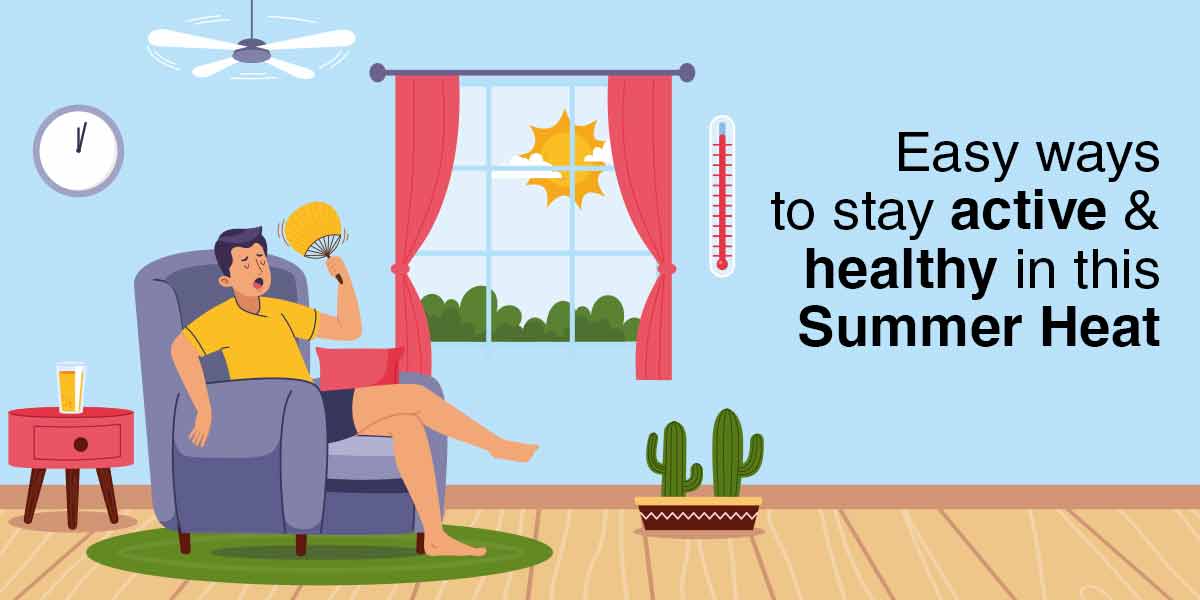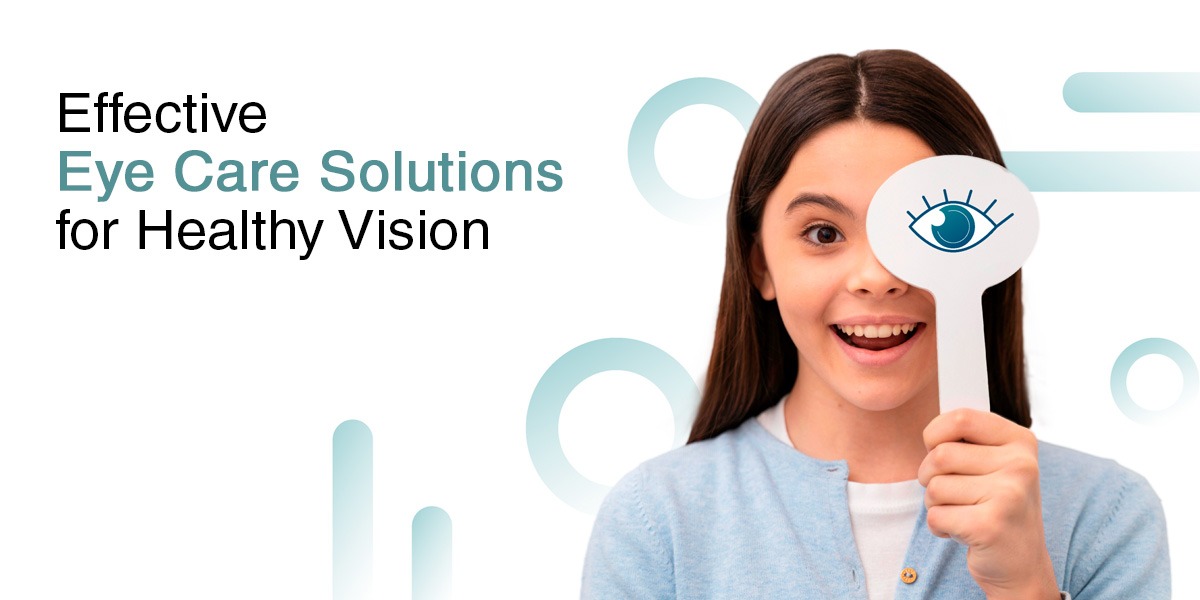As temperatures rise across India during the summer months, the risk of heat-related illnesses becomes a growing concern. Heat stroke is among the most serious heat-induced conditions and can be deadly if not addressed without delay. Whether you’re outdoors for work, travel, or recreation, it’s essential to know how to prevent heat stroke and protect yourself and your loved ones.
In this guide, we’ll cover what heat stroke is, the signs you shouldn’t ignore, and the best ways to prevent heat stroke during summer — all based on proven strategies and tailored for the Indian climate.
What Is Heat Stroke and Why It’s Dangerous
Heat stroke occurs when your body overheats and is unable to regulate its temperature, usually due to prolonged exposure to high temperatures or strenuous activity in hot weather. Unlike milder issues such as heat cramps or heat exhaustion, heat stroke requires immediate medical attention.
Your body’s core temperature may rise above 104°F (40°C), and without immediate treatment, it can lead to damage in vital organs like the brain, heart, and kidneys.
Who Is Most at Risk?
While anyone can suffer from heat stroke, certain groups are more vulnerable:
- Infants and young children
- Elderly individuals
- Outdoor workers and athletes
- People with chronic illnesses
- Those taking certain medications (e.g., antihistamines, diuretics)
Knowing the risk factors helps in heat stroke prevention, especially during the peak summer months between April and June.
Early Signs and Symptoms of Heat Stroke
Physical Symptoms to Watch For
The most common signs of heat stroke include:
- High body temperature (above 104°F or 40°C)
- Hot, red, dry, or damp skin
- Rapid and strong pulse
- Nausea or vomiting
- Headache
- Dizziness or confusion
- Fainting
- Heat Stroke vs. Heat Exhaustion
Recognizing the difference between heat exhaustion and heat stroke is crucial for safety, especially during the summer months.While both are serious, exhaustion is the early stage — you may feel weak, sweat excessively, and become dizzy. If not addressed, it may progress into heat stroke.
Identifying heat-related issues early is crucial for staying safe during the summer and preventing the need for medical treatment.
How to Prevent Heat Stroke During Summer
The most effective way to prevent heat stroke is by staying properly hydrated. Water helps regulate your body temperature and replaces fluids lost through sweat.
Tips to stay hydrated:
- Make sure to keep yourself hydrated by consuming 8 to 10 glasses of water daily.
- Add natural electrolytes: coconut water, lemon water, ORS
- Avoid sugary sodas, alcohol, and too much caffeine
This summer health tip is especially crucial for kids and senior citizens, who may not feel thirsty until it’s too late.
Clothing and Sun Protection Tips
What you wear matters. Here’s how to dress smartly for the heat:
- Choose loose-fitting, breathable clothes (cotton is ideal)
- Wear light-colored outfits to reflect sunlight
- Wear protective gear like wide-brimmed hats and UV-resistant sunglasses.
- Apply sunscreen with SPF 30 or more, even if it’s cloudy
These simple adjustments go a long way in helping you protect yourself from heatstroke in daily life.
Best Time to Go Outdoors
Limit your time outside during peak heat hours, typically from noon to 4 PM, to reduce the risk of heat-related illness. If you must go out:
- Walk or work in shaded areas
- Take frequent breaks in cool environments
- Use an umbrella for extra shade
This tip is especially useful for students, field workers, and delivery staff.
Diet Choices That Help Regulate Body Temperature
Add these to your summer diet:
- Water-rich fruits like watermelon, cucumber, oranges.
- Yogurt and buttermilk for cooling the gut.
- Mint, fennel, and coriander as cooling herbs and spices.
- Light meals instead of spicy, oily foods.
Avoiding heavy meals reduces the risk of digestive heat buildup, which often contributes to fatigue and discomfort during hot days.
Emergency Response: What to Do If Someone Has Heat Stroke
If you suspect someone is experiencing heat stroke, here’s what to do:
- Move them to a shaded or cool place
- Remove excess clothing
- Cool them rapidly with cold water or wet cloths
- Offer small sips of cool (not ice-cold) water
- Place ice packs on neck, armpits, and groin
These are not replacements for medical care — always call emergency services or take the person to a hospital immediately.
When to Seek Medical Help
You should seek urgent help if:
- The person is unconscious or semi-conscious
- They are vomiting and cannot hold down fluids
- Symptoms do not improve within 30 minutes
- Their body temperature remains dangerously high
Remember, heat stroke treatment at home is only the first step — proper medical evaluation is essential to avoid complications.
Lifestyle Tips for Long-Term Heat Protection
Make heat safety part of your everyday habits:
- Plan outdoor tasks in the early morning or after sunset
- Use fans or coolers to maintain indoor airflow
- Keep curtains closed during peak sun hours
- Avoid intense workouts during midday
These simple shifts can help prevent heatstroke in the long run.
How to Keep Indoor Temperatures Under Control
Your home environment matters just as much:
- Switch to light bedding materials.
- Use room-cooling plants like aloe vera and snake plant.
- Set a bowl of water by windows to naturally add moisture to dry indoor air.
- Consider cross-ventilation in early mornings and evenings.
Keeping your living space cool supports both physical and mental well-being.
Final Thoughts
Heat stroke is preventable — with a little awareness and some daily adjustments, you can enjoy summer safely. From staying hydrated and eating light to dressing smartly and knowing early warning signs, these tips are your first line of defense.
The key to surviving a hot Indian summer isn’t avoiding the sun altogether — it’s about learning how to prevent heat stroke and respecting what your body needs.





